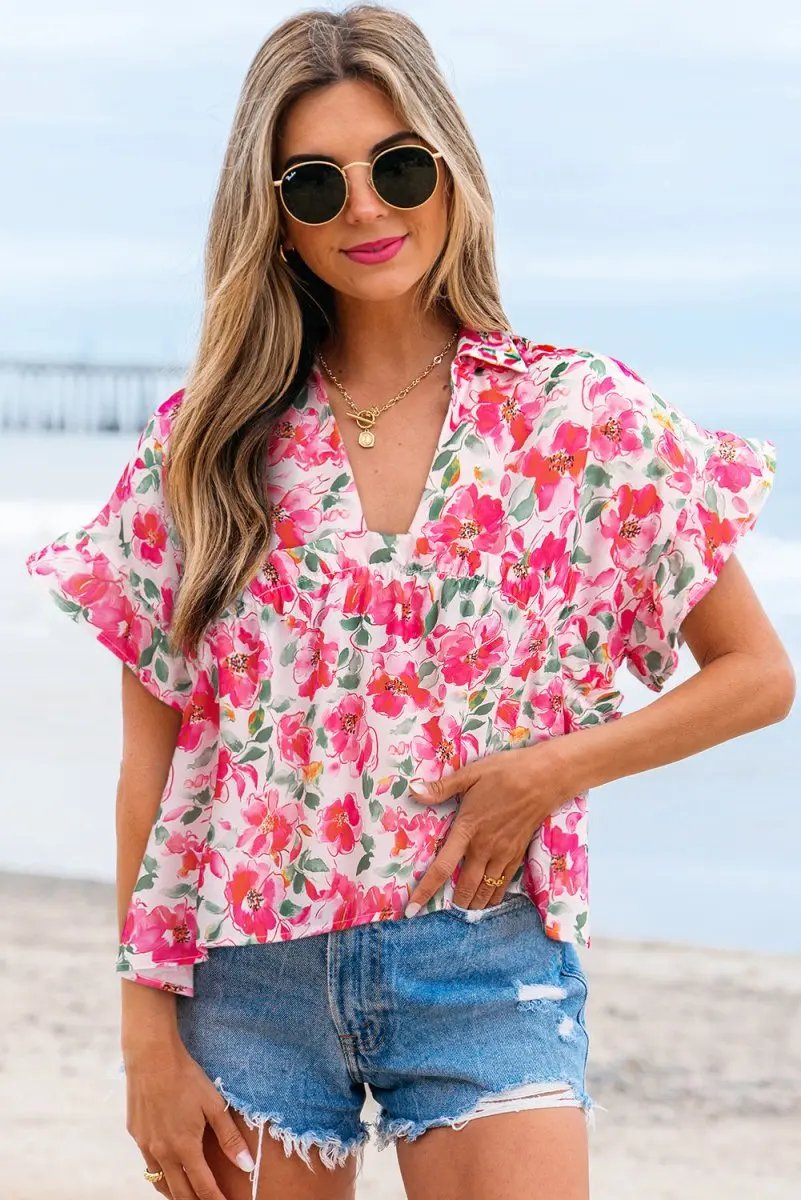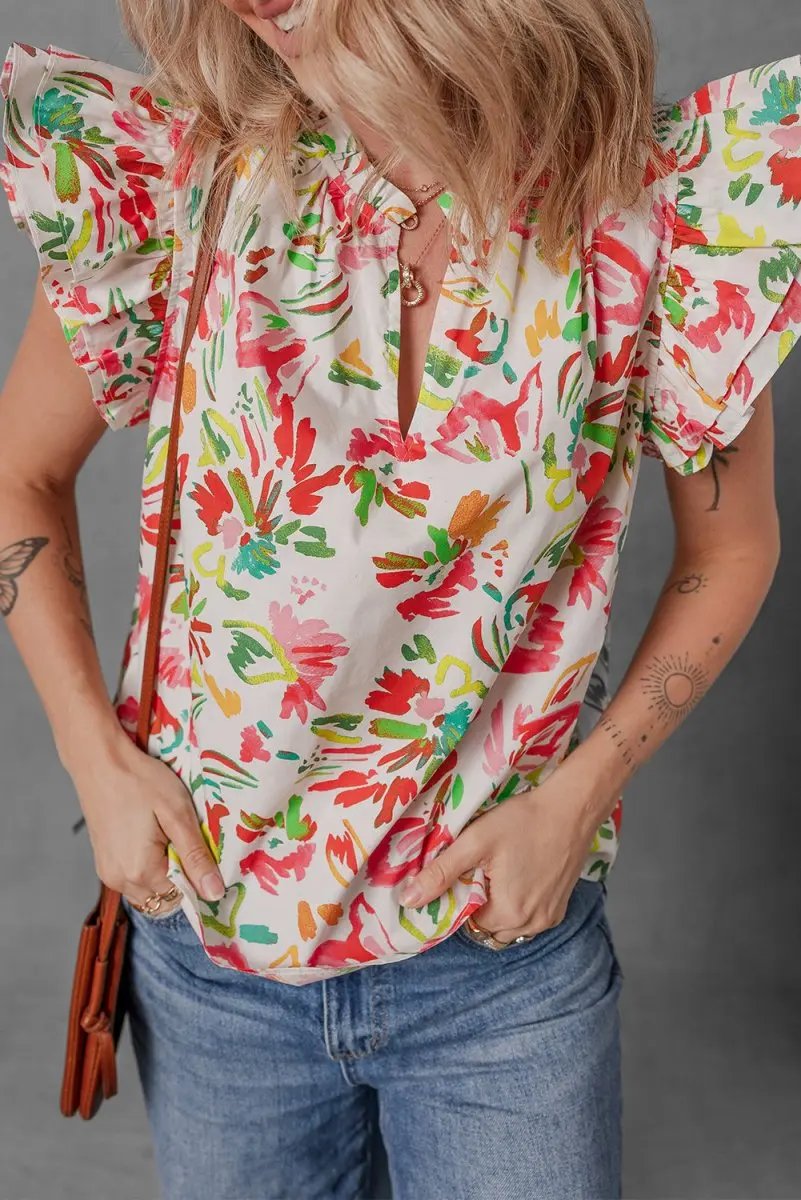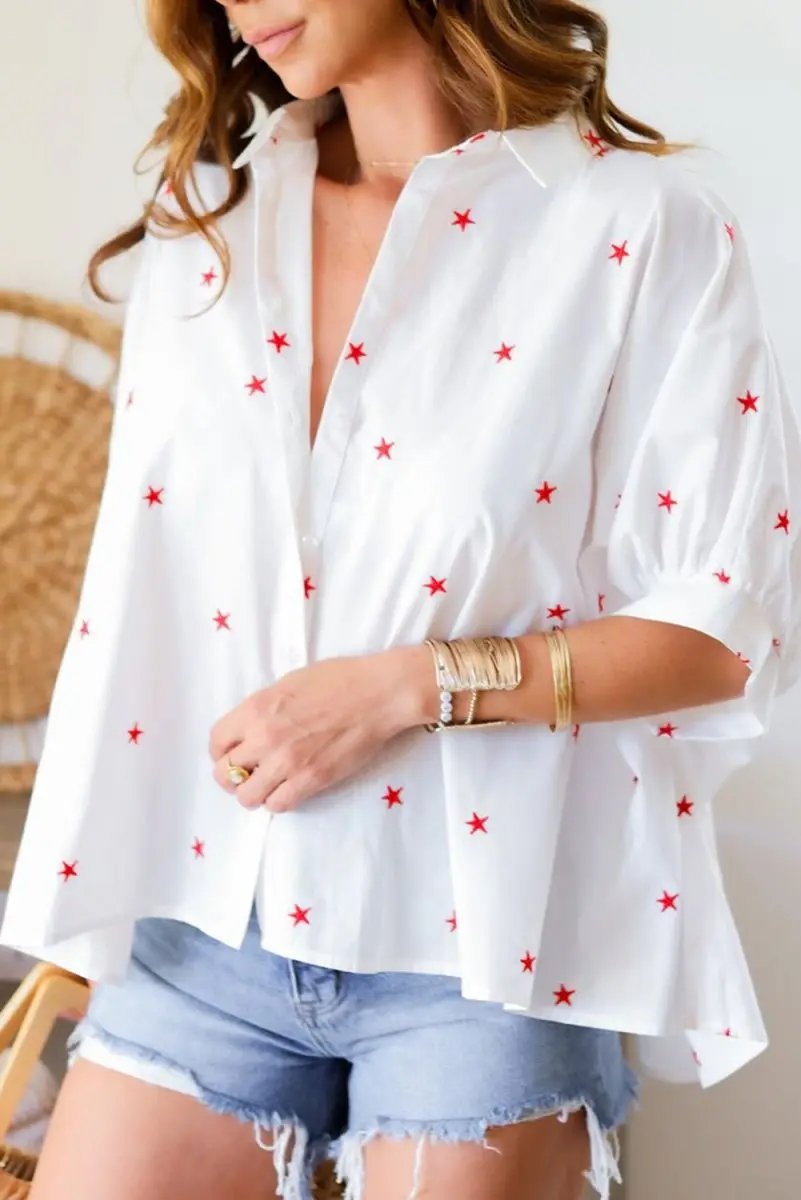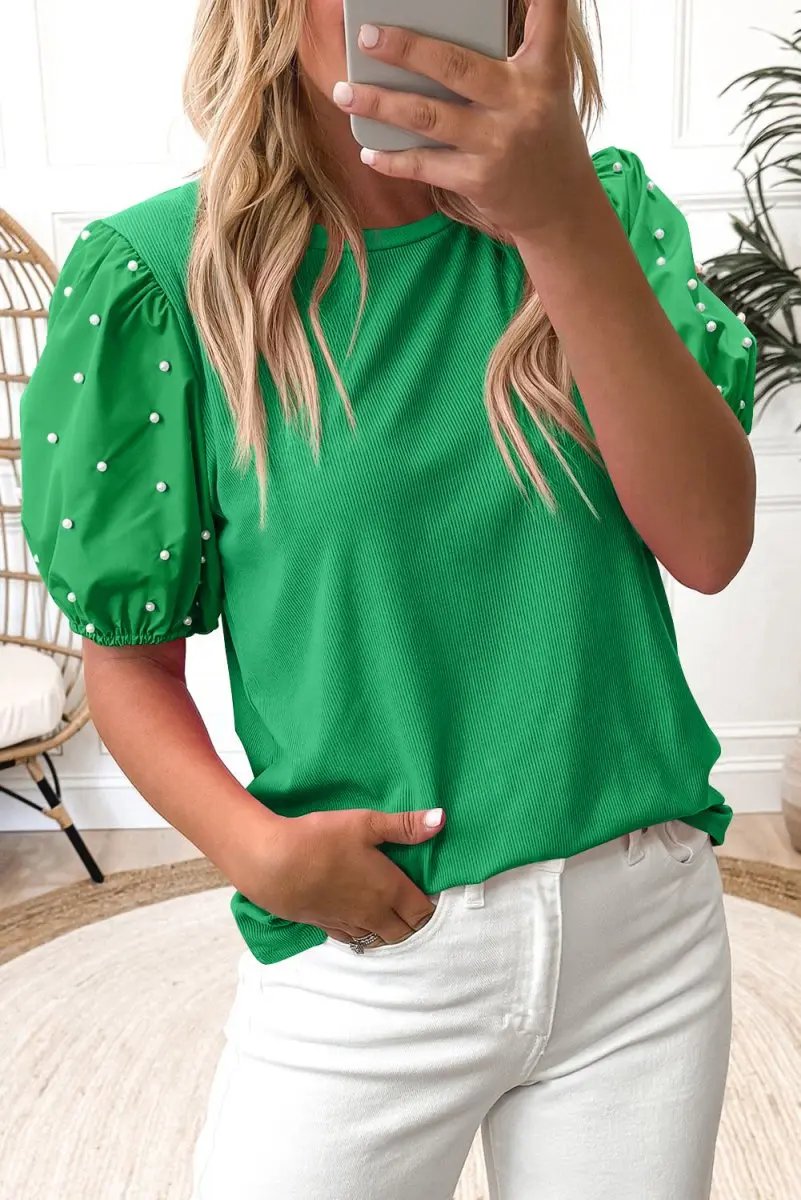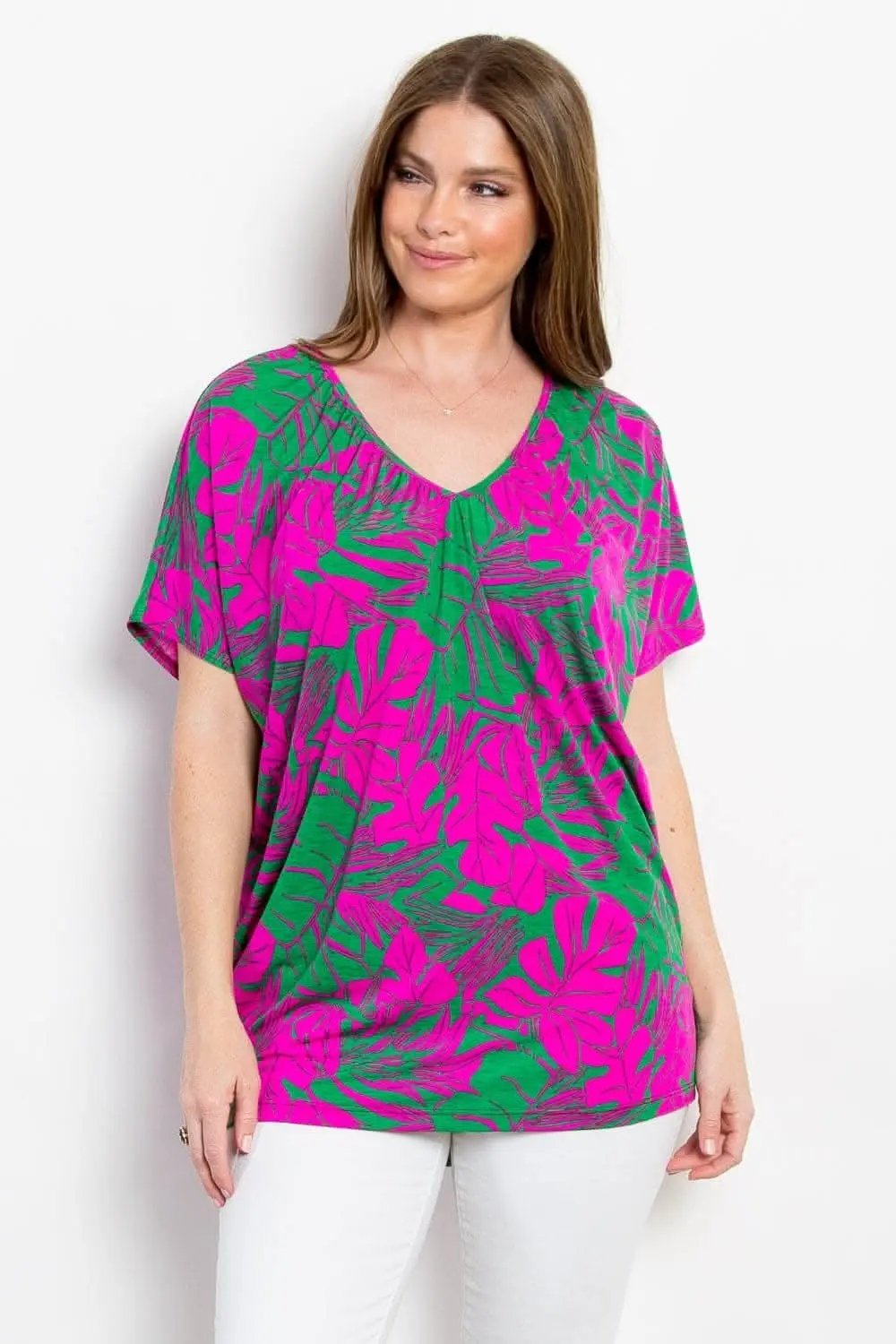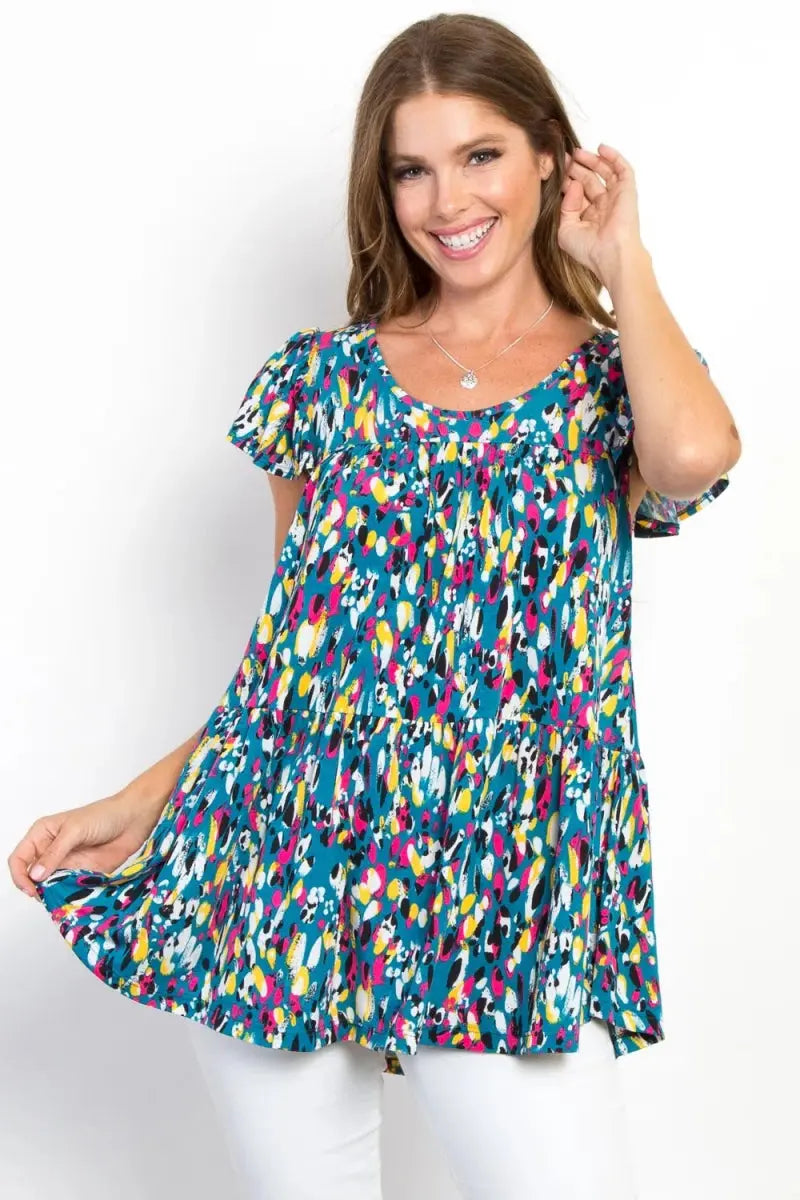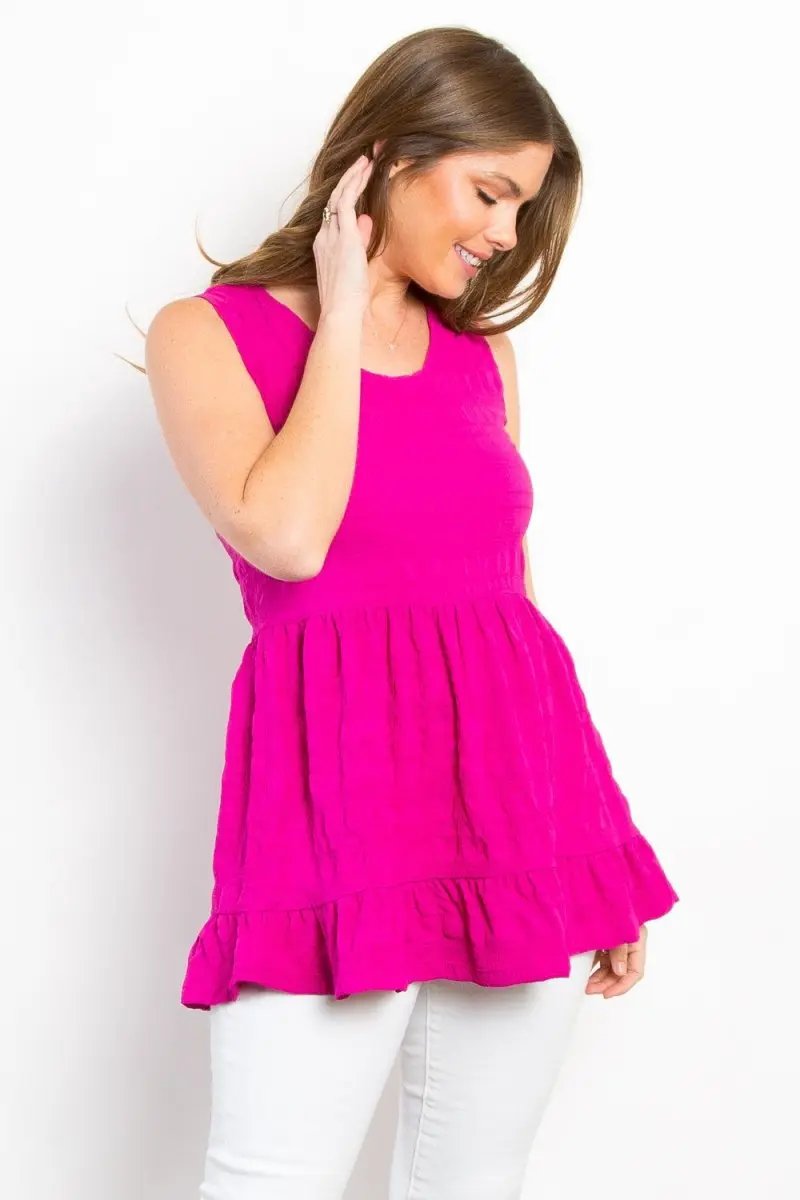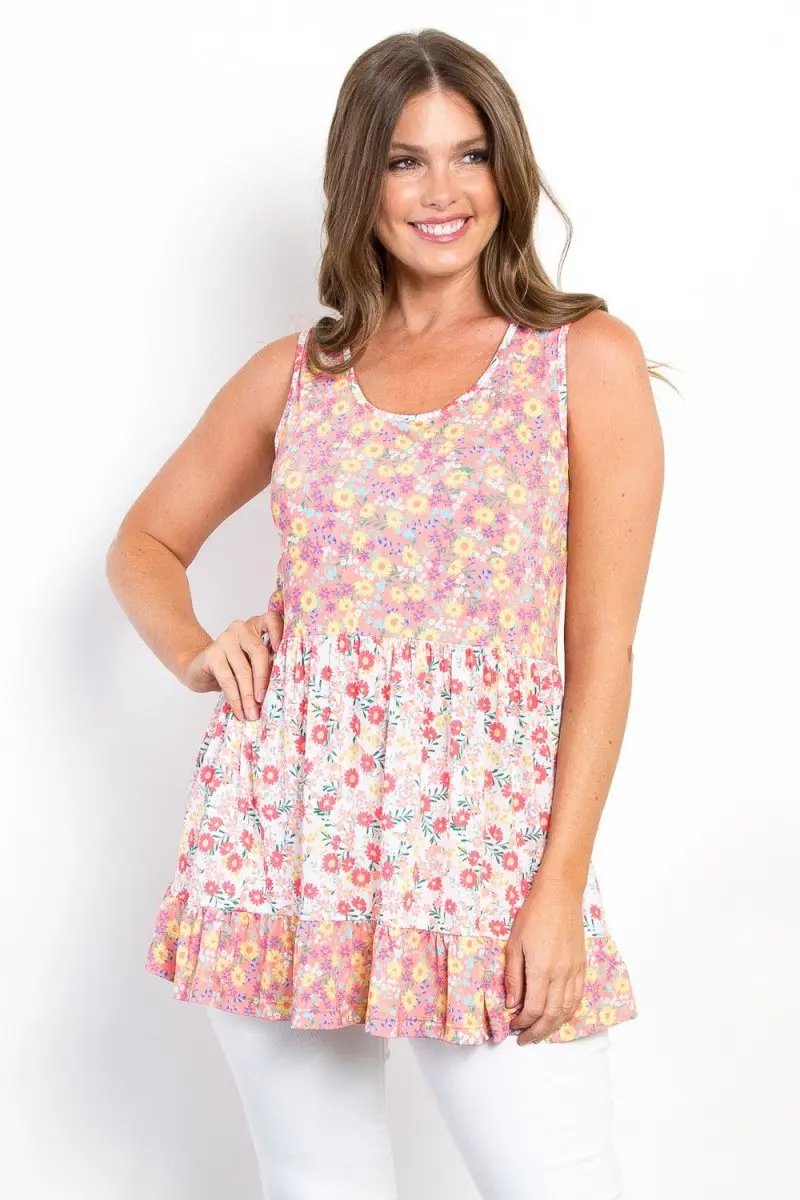Introduction
Creating a compact, sustainable plus-size wardrobe in 2025 means combining thoughtful design, intelligent shopping, and an understanding of proportional fit. For many people, the closet is where fashion, functionality, and values meet. This extended guide explores how to design a streamlined wardrobe built around Flying Tomato's proportional pieces, with step-by-step planning, deep dives into fit and fabric, cost-per-wear math, styling strategies, packing systems, care and repair, storage solutions, and real-world examples. Whether you are starting fresh or refining an existing closet, this article will give you the tools to curate fewer, better items that fit well, last longer, and reduce environmental impact.
Why Closet Architecture Matters Now
Closet architecture is the practice of intentionally designing a wardrobe as a system. Instead of accumulating single-use outfits, you create an ecosystem of interchangeable pieces that cover daily needs, special occasions, seasonal changes, and travel. This approach reduces decision fatigue, prevents impulse purchases, lowers cost-per-wear, and supports sustainable consumption. For plus-size wardrobes, closet architecture must prioritize proportional design: garments made to align with fuller bodies so fit and silhouette are optimized without excessive tailoring.
How Flying Tomato Fits into the Picture
Flying Tomato has built a reputation for inclusive sizing, proportion-aware patterns, and a focus on durability. Proportional pieces mean more than offering larger sizes. They include proportion adjustments in sleeve length, torso length, armhole depth, waist-to-hip ratios, and seam placement. These adjustments create garments that drape and move better on plus-size bodies, which reduces the need to buy multiple sizes or rely on extensive alteration. When paired with sustainable materials and mindful manufacturing, Flying Tomato pieces become ideal anchors for a compact wardrobe.
Common Plus-Size Fit Challenges and How Proportional Pieces Solve Them
- Top bunching at the bust or pulling across buttons: proportional bust and chest measurements reduce tension and create cleaner lines.
- Shirts that are too short in torso: extended torso lengths ensure coverage and comfortable movement.
- Sleeves that end in the wrong place: scaled sleeve lengths and armhole shaping keep proportion intact.
- Pants that gap at the waist but hug the hips: balanced waist-to-hip shaping and stretch placement improve comfort without sacrificing structure.
- Dresses that ride up or cling: strategic A-lines, empire seams, and paneling create flattering silhouettes that don't demand constant readjusting.
Core Principles for a Compact, Sustainable Wardrobe
- Quality over quantity: invest in durable fabrics and strong construction.
- Fit-first approach: prioritize proportional, well-measured garments that reduce the need for multiple sizes or heavy tailoring.
- Neutral anchors + curated accents: build around versatile neutrals and add limited pops of color or pattern.
- Multipurpose pieces: choose items that can serve more than one role, such as a blazer that also travels well.
- Intentional lifecycle planning: buy what you will wear, maintain it, and plan for repair, resale, or recycling at end-of-life.
How to Take Accurate Measurements for Proportional Fit
Before you shop, record accurate body measurements. These numbers help you choose the correct proportion variant and avoid returns. Use a soft measuring tape and have a friend help if possible.
- Bust: measure around the fullest part of your bust while wearing a fitted, non-padded bra.
- High bust: measure above the bust across the upper chest.
- Underbust: measure directly under the breasts.
- Waist: find the natural waist or where you prefer waistlines to sit and measure around it.
- High hip: measure around the pelvis where hips begin to full out, typically 3–5 inches below waist.
- Full hip: measure at the fullest part of the hips and buttocks.
- Torso length: from the top of the shoulder near the neck to the crotch, useful for jumpsuits and one-piece garments.
- Upper arm circumference: measure around the fullest part of the upper arm for sleeve fit.
Building a Compact Closet: 8-Step Plan
-
Audit and catalog.
Lay out every item. Use an app or spreadsheet to mark frequency of wear, fit issues, emotional attachment, and repairability. Keep only items that fit well and match your core lifestyle needs.
-
Define your lifestyle requirements.
Work, social life, travel, caregiving, fitness, climate. Rank categories by percentage of weekly activity to allocate wardrobe slots accordingly.
-
Choose anchors: 6–10 core pieces.
These are structured neutrals that ground your wardrobe: blazer, tailored trousers, dark jeans, neutral dress, versatile coat, and a timeless skirt. Flying Tomato proportional versions are ideal anchors.
-
Add 5–8 supporting pieces.
Think tops, lightweight sweaters, patterned blouse, and layering pieces. These create the majority of outfit variety.
-
Select 2–4 statement pieces.
Bolder colors, prints, or textures for special occasions and to refresh looks without expanding item count.
-
Consolidate footwear and accessories.
3–5 pairs of shoes and a small set of accessories can dramatically multiply outfits.
-
Tailor small adjustments.
Proportional pieces usually need minimal tailoring; focus alterations on hems, sleeve lengths, and waist shaping for an optimized fit.
-
Set maintenance routines.
Schedule seasonal edits, set a laundry regimen, and plan repairs to maximize lifespan.
Detailed Capsule Examples and Outfit Counts
The following capsules are designed with proportional pieces as anchors. Each capsule lists the items and demonstrates outfit math to show how a compact closet multiplies options.
15-Item Everyday Professional Capsule
- 1 neutral blazer (proportional shoulder and torso)
- 1 tailored blazer in a second color or texture
- 2 pairs of trousers (one tailored, one stretch straight)
- 1 pencil or A-line skirt with proportioned waist
- 3 tops (button-up, silk shell, soft knit)
- 1 versatile day-to-night dress
- 1 lightweight coat or trench
- 1 tailored cardigan
- 2 pairs of shoes (low block heel and flats)
- 1 belt and 2 accessories (scarf, necklace)
Outfit math: combining 5 tops with 3 bottoms and 2 layering pieces plus accessories yields 60+ distinct looks across seasons and more than 30 professional outfits without additional purchases.
12-Item Weekend Capsule for Comfort and Style
- 1 relaxed proportioned tee
- 1 long-sleeve knit with longer torso
- 1 denim jacket with extended sleeve options
- 1 pair of high-rise straight jeans
- 1 midi skirt with an elastic back
- 1 casual dress
- 1 utility jacket or oversized cardigan
- 1 pair of slip-on sneakers
- 1 pair of ankle boots
- 2 small accessories (hat, crossbody bag)
Outfit math: 12 items produce 30–40 casual outfits suitable for weekend travel, errands, and socializing.
Travel Capsule: 10–12 Lightweight Pieces
- 1 packable proportional blazer
- 1 wrinkle-resistant dress
- 1 pair of stretch travel trousers
- 2 layering tops (merino or modal)
- 1 lightweight cardigan
- 1 pair of comfortable sneakers
- 1 pair of versatile flats
- 1 foldable tote or crossbody
Packing math: 10 items can create 20+ outfits and fit into a carry-on with smart rolling and compression techniques.
Material Guide: Fabrics to Prioritize and Avoid
Choosing the right fabrics increases durability, comfort, and sustainability. Here are recommended fibers and why they matter.
- Natural fibers: organic cotton, linen, wool, silk. Breathable and biodegradable when untreated. Look for certifications like GOTS or Responsible Wool Standard.
- Regenerated cellulosics: Tencel and modal. Soft, drapey, and often produced with better water and chemical management.
- Recycled synthetics: recycled polyester and nylon. Useful for performance and durability; prefer brands with transparent recycling practices and lower microplastic shedding.
- Blends with stretch: small percentages of elastane improve fit and mobility. Look for high-quality stretch that doesn't bag out quickly.
- Fabrics to avoid when possible: untreated conventional polyester in high volumes, fabrics with heavy finishes that prevent recycling, and poor-quality cheap knits that pill and distort.
Sustainability Certifications and What They Mean
- GOTS (Global Organic Textile Standard): for organic fiber processing and social compliance in supply chains.
- OEKO-TEX: tests for harmful substances but not a full sustainability guarantee; useful for chemical safety.
- Fair Trade: indicates better pay and conditions for workers in some supply chains.
- Bluesign: focuses on safer chemical management and environmentally responsible production.
- Recycled Claim Standard (RCS): verifies recycled content in a product.
When shopping, look for combinations of fit-first design and credible sustainability claims. Flying Tomato often includes information about materials and care; verify claims if sustainability is a primary criteria.
Cost-per-Wear: Real Example Calculations
Cost-per-wear is an objective way to evaluate whether an item is a worthwhile purchase for a compact wardrobe. Here are sample calculations to guide decisions.
- Example A: Flying Tomato blazer costs 220. If you wear it 150 times over five years, cost-per-wear equals 1.47 per wear.
- Example B: Fast-fashion blazer costs 40. If you wear it 30 times before it loses shape, cost-per-wear equals 1.33 per wear, but quality, fit, and social/environmental costs are lower. When factoring durability, alteration, and emotional confidence, high-quality pieces often prove more economical long-term.
Use cost-per-wear plus fit and sustainability metrics to decide what belongs in a compact closet.
Styling Strategies for Different Plus-Size Proportions
Plus-size bodies are diverse. Proportional pieces reduce common fit frustrations, but styling choices still matter. Below are styling guidelines for common proportions. These are starting points, not rules.
Apple Shape (carrying weight in midsection)
- Choose tops with V-necks or open collars to elongate the torso.
- Opt for dresses with empire waists or A-line shapes that skim the midsection.
- High-rise pants with gentle shaping at the waist create support; avoid rigid waistbands that cut in.
Pear Shape (wider hips and thighs)
- Create balance with structured shoulders and statement necklaces.
- A-line skirts and wide-leg trousers in proportional lengths flatter hips and allow comfortable movement.
- Top-focused patterns draw the eye upward for proportioned balance.
Hourglass Shape (balanced bust and hips, defined waist)
- Choose pieces that honor natural waist: wrap dresses, fitted blazers, and belts at the waist work well.
- Ensure proportional seam placement to emphasize curves without creating bulk.
Rectangle Shape (more straight up and down)
- Add dimension through tailored seaming, ruching, or structured jackets to create perceived curves.
- Use layers and interesting textures to create depth and proportion.
Advanced Tailoring Guidance
Even proportional garments can benefit from a few targeted alterations. Here are common alterations and approximate price ranges in 2025 (prices vary by location).
- Hemming trousers: 20 to 40
- Taking in side seams: 25 to 60
- Shortening sleeves: 20 to 45
- Adjusting waist on skirts or pants: 30 to 70
- Adding or removing darts for better bust shaping: 20 to 50
Tip: Ask your tailor for recommendations on small adjustments that will make multiple garments fit better without big expense.
Care, Repair, and Mending: Extend Garment Life
Prolonging garment life is core to sustainability. Small repairs and smart care habits yield large benefits.
- Laundry routines: wash less often, cold water, gentle detergent, and air-dry when possible.
- Pilling prevention: use a fabric shaver on knits and store folded rather than on hangers for heavy knits.
- Minor repairs: replace buttons, mend seams, and re-stitch hems promptly to avoid bigger issues.
- Shoe maintenance: resoling and heel replacement extend footwear life; a cobbler is an investment for a compact closet.
- Home mending kit essentials: needles, thread in neutral shades, spare buttons, fabric glue, small scissors, and a seam ripper.
Storage Solutions for Small Closets
Design your physical closet to match your compact wardrobe philosophy.
- Consolidate by season: store off-season items in breathable containers under bed or in separate storage with cedar to deter pests.
- Uniform hangers: choose slim, non-slip hangers to save space and maintain shoulder shape.
- Vertical organization: use hanging shelves, shoe organizers, and hooks to maximize wall space.
- Visibility: keep frequently-worn items at eye level and reserve top shelves for rarely used pieces.
- Rotation box: a small box for items you plan to sell or repair keeps clutter out of sight.
Packing and Travel Strategies for Plus-Size Wardrobes
Travel is a great test of a compact wardrobe. Use proportional pieces that pack well and prioritize multi-function items.
- Pack a neutral blazer that doubles as a layer and a dressy option.
- Choose wrinkle-resistant fabrics for dresses and tops.
- Roll smaller items and fold structured garments inside a garment bag or between other layers to minimize creasing.
- Bring a lightweight spool or travel steamer to refresh garments.
- Limit footwear to two pairs unless specific activities require more.
How to Evaluate New Purchases Using a Decision Flow
Before buying, run items through this quick decision flow to ensure they belong in a compact, sustainable closet.
- Do I need this for a specific lifestyle gap? If no, pause 48 hours.
- Does it complement at least three items I already own? If no, rethink color or pattern choice.
- Is the fabric durable and appropriate for the intended use? If not, search alternatives.
- Do I understand the care needs, and am I willing to commit to them? If heavy maintenance is required, weigh cost-per-wear.
- Will minor tailoring make this perfect, and am I okay investing in that? If yes, proceed with sizing that fits the largest measurement.
Example: Shrinking from 40 Items to a 14-Item Core
This example illustrates a transition plan over six weeks aimed at reducing clutter and creating a compact closet. Week 1: full audit and categorization. Keep 20 items, send 20 to repair/donate/sell. Week 2: purchase 1 Flying Tomato anchor piece (proportional blazer).
Weeks 3-4: identify 3 items to tailor and add 2 versatile tops. Donate 5 items that overlap needs.
Weeks 5-6: finalize with 2 pairs of shoes and 1 travel piece. Tailoring and care bring the total to 14 core items that serve as your dressed-for-purpose base.
Styling Clinics: Practical Examples
Here are several outfit combos directly using Flying Tomato-style proportional pieces. Each example shows how one anchor can create multiple looks.
- Proportional Blazer: over dress for meetings, over tee and jeans for casual Friday, cinched with belt for an evening look.
- High-Waist Trousers: with shell and heels for office, with knit tee and sneakers for travel, with blazer and statement necklace for events.
- Midi Dress: alone with boots for day, layered with cardigan and tights for cooler days, with blazer and heels for work.
Where to Buy and What to Prioritize in Shopping
Flying Tomato pieces are available via the brand's website and select retailers. When shopping online or in-store, prioritize the following:
- Clear size and proportion charts that match your measurements.
- Return policies that allow at-home fitting windows.
- Fabric and care detail on product pages to plan maintenance and packing behavior.
- Customer reviews that speak to fit, longevity, and true-to-size behavior.
Common FAQs
Do proportional pieces mean less tailoring?
Yes. Proportional pieces aim to fit key areas naturally, reducing the frequency and extent of alterations. You may still prefer minor tailoring for perfect finishes.
Are sustainable fabrics always better for plus-size clothing?
Not always. Sustainable fabrics are excellent when combined with good construction and appropriate stretch. Evaluate each garment on fit and durability as well as fiber content.
How many items are too few?
There is no universal number. A compact wardrobe focuses on meeting lifestyle needs with minimal redundancy. For many plus-size wardrobes, 12–25 well-chosen pieces provide comfort and variety. Adjust based on climate, activity level, and personal preference.
Measuring Success: KPIs to Track for 3–12 Months
- Average wears per item per month
- Number of new items purchased versus replaced
- Percentage of wardrobe that is repaired or resold versus discarded
- Average time to decide an outfit in the morning
- Monthly wardrobe-related spend and estimated cost-per-wear improvements
Community and Support Resources
Join plus-size and sustainable fashion communities to learn about fit hacks, tailors who specialize in plus sizes, and trusted reviews. Social platforms, forums, and local mending circles can be invaluable for discovering tailors, upcycling, and secondhand sourcing.
Conclusion and Action Plan
Designing a compact, sustainable plus-size wardrobe is both a practical and empowering process. Flying Tomato's proportional pieces provide a reliable foundation because they address fit challenges at the design level, reducing the need to buy many pieces to find one that works. Combine proportional anchors with a small set of versatile supporting items, invest in quality materials, and maintain garments with thoughtful care to maximize wear and minimize waste.
30-Day Action Checklist
- Week 1: Complete a full wardrobe audit and categorize items into keep, tailor, donate, or sell.
- Week 2: Take accurate measurements and save them for shopping reference.
- Week 3: Purchase one Flying Tomato proportional anchor and one versatile supporting piece.
- Week 4: Schedule necessary tailoring, create a care routine, and consolidate storage for a compact closet layout.
When you approach your closet as architecture rather than accumulation, you create space for confidence, sustainability, and style. Start small, prioritize fit, and build a wardrobe that supports your life in 2025 and beyond.

